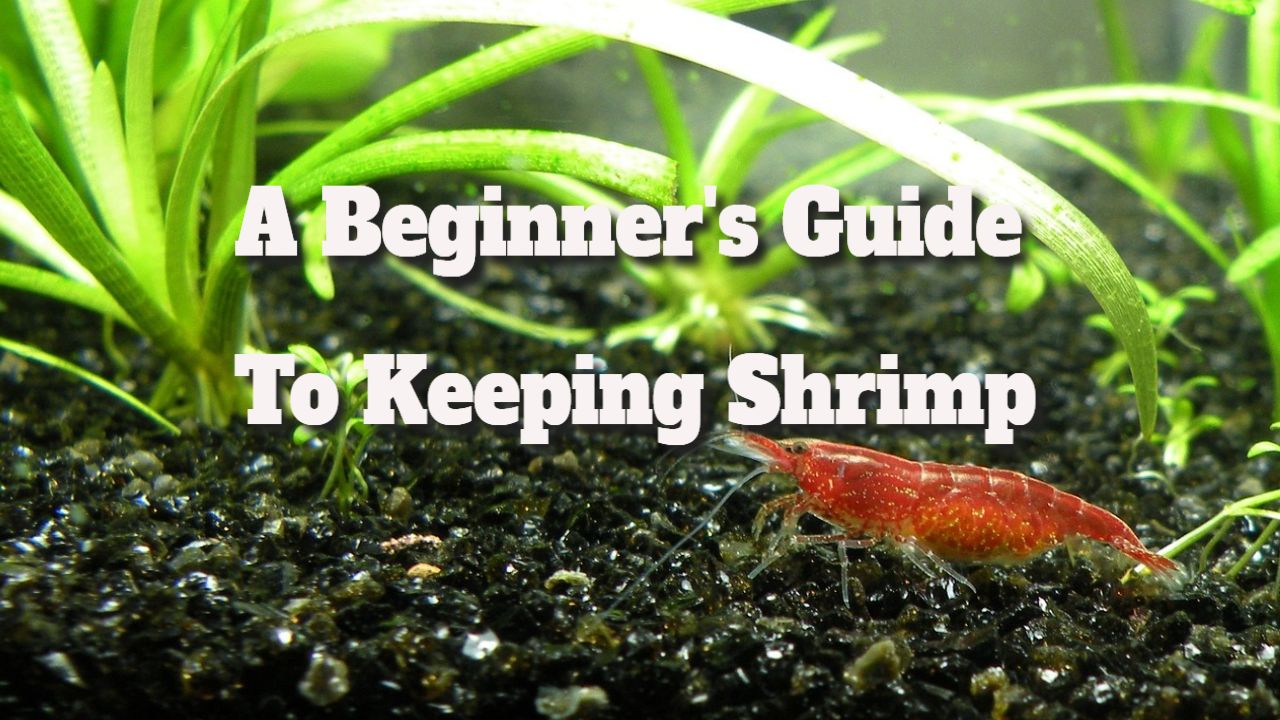How To Set Up A Tropical Fish Aquarium
Contents
- 1 How To Set Up A Tropical Fish Aquarium
- 1.1 Aquarium with fish
- 1.2 Cabinet for an Aquarium
- 1.3 Aquarium Heater
- 1.4 Filter for aquariums
- 1.5 Aquarium illumination
- 1.6 Aquaculture air pumps
- 1.7 A check valve is a fundamental component of all air pumps.
- 1.8 Aquarium ornamentation
- 1.9 How do you fill an aquarium?
- 1.10 Aquarium testing kits
- 1.11 Other essentials for the aquarium
How To Set Up A Tropical Fish Aquarium
How To Set Up A Tropical Fish Aquarium: Are you starting with tropical fish for the first time? Here’s our step-by-step guide to getting started.
Aquarium with fish
Of course, the aquarium is necessary, but they come in various designs and sizes to suit all tastes.
As appealing as it is to select a unique shape, a regular rectangle is preferable for the following reasons:
It has a large surface area to volume ratio. This is necessary to allow oxygen to permeate the water and CO2 to diffuse at night.
Because of the surface area and oxygen supply, an enormous surface area allows you to fit more freshwater fish in a given space than a small surface area tank.

There are also numerous fish that require space to swim and move around, as well as those that require a substrate area to feed and breed, such as cichlids and catfish.
And purchasing the largest aquarium you can afford is not a sales ploy.
Larger water volumes are more stable in temperature and water quality than small tanks, allowing you to retain a far wider variety of fish species in more significant numbers.
Because much small tropical fish are schooling fish, a community tank requires a large enough tank to accommodate schools of fish.
Most aquarium species, including a school of six or more tetras, three or more armoured catfish, six or more rasboras, five or more guppies, and the best algae eaters like bristlenose catfish, need tanks of a decent size.
Aquariums with a volume of 54 litres and a length of 60 cm or more are best suited for novices who manage a community of 15-20 small tropical fish or a few small coldwater fish.
If you choose an aquarium with a volume of 180 litres or more and a length of 90 cm or more, your fish selection expands significantly. It includes popular species such as angelfish and rainbowfish and a community of 30 or more small to medium-sized fish that are diverse in size, hue, and bustle, and they want to use every floor of their new house.
Cabinet for an Aquarium
All aquariums must be put on aquarium-specific cabinetry, and if a heavy, water-filled aquarium is placed on unsuitable house furniture, the manufacturer’s warranty may be voided.
In the worst-case situation, the furniture may fall beneath it. Instead, select the appropriate cabinet for your make and model, specifically constructed to support the aquarium’s weight.
Cabinets are also helpful for aquariums in other ways, such as giving a hidden location for external power filters, which are the best filtration choice for a tropical or cold-water freshwater aquarium, as well as food pots, test kits, and all those plugs and cords.
Aquarium Heater
If you live in the UK, you will need a heater to keep tropical fish.
Tropical fish are native to tropical regions such as South America, Southeast Asia, and Africa, where it is hot all year, and water temperatures rarely fall below 24 degrees Celsius.
A heater includes a thermostat that can be adjusted to 24 degrees Celsius and maintained at that temperature day and night all year, allowing your fish to become accustomed to tropical conditions.
Some modern heaters may display the temperature of the aquarium water and indicate whether it is too hot or too cold. Still, every aquarium owner should have a thermometer to check the temperature quickly.
If you need to figure out what size heater you need, go with one with the same or greater wattage as your aquarium.
A 100-watt heater is therefore required for a 100-gallon tank. For example, a 200-watt heater for a 200-litre tank.
For example, if you had a 180-litre tank, you would select the next higher heater type at 200 watts because heaters are only available in a few sizes, typically up to 300 watts.
A large 500-litre aquarium will require two heaters, one 200-watt and one 300-watt.
Filter for aquariums
A filter is essential in every aquarium because it serves as the fish’s life support system. Filtration systems are essential to any aquarium setup and should run nonstop.
Filters, like aquariums, come in various forms and sizes to accommodate each aquarium, and their prices and performance can vary.
Internal filters are famous for beginners because they are simple to install and install and produce good results.
If you are starting with a large aquarium and want the best for your fish, an external flow filter is a way to go.
Models are recommended for various tank lengths or water quantities when selecting the filter you need for your tank. So, if your tank holds between 100 and 200 gallons, choose “2” for a two-foot-long tank or a filter for a 200-gallon tank.
If your tank is an intermediate size, such as 180 gallons, choose the next size up, as with heaters.
If you wish to keep cichlids or goldfish, you may need twice as much filter material, which may imply two units.
Aquarium illumination
Consider an aquarium full of tropical fish, full of movement and colour, with lights to help bring it all to life.
Many aquariums already have integrated lighting, but you can typically swap out the bulbs for better plant growth or fish colour or replace them entirely with brighter illumination.
Separate lighting and tank mounts are required for open tanks, and some lights can also be operated by a separate controller or an app on a smartphone or tablet.
Plants require a consistent lighting schedule of 8-10 hours a day. However, fish can turn their lights off when they are not visible.
If the illumination cannot be controlled, a simple timer should be used, as leaving the aquarium lighting on for 12 hours or longer every day will result in the nuisance of algae.
For saltwater aquariums, use unique marine lights.
Aquaculture air pumps
When building up a tropical aquarium, air pumps are an optional feature with a significant benefit.
Air pumps use an airline and an air stone to blow air into the water, where the bubbles distribute oxygen, which is essential for fish.
Filters that spin the water surface also produce oxygen, but air pumps do it more precisely, which is especially beneficial in crowded tanks and with large fish.
If you run an air pump and a separate filter, the fish will still have access to oxygen if the filter fails, preserving their lives in the short term until you notice and address the filter problem.
When pharmaceuticals are taken, ammonia and nitrite are present in the water, and helpful filter bacteria are aerobic, consuming and utilising oxygen. Aeration is recommended.
Air bubbles rising through the aquarium water can be soothing, and specific decorations can be air-powered, which animates them and makes them enjoyable for children. The fish aren’t bothered either!
A check valve is a fundamental component of all air pumps.
During a power outage, air pumps in a cabinet beneath the aquarium can pull in aquarium water instead of pumping out air. A check valve prevents this, as well as puddling and air pump damage.
Aquarium ornamentation
Decoration makes fish feel more at ease in their bare glass enclosures while also letting the owner be creative.
After the aquarium, the first item to add to a new tank is gravel.
To anchor plastic plants or natural root plants, make the gravel layer 5 inches deep in the front and 7.5 inches deep in the back.
Gravel is available in natural or vivid artificial hues and grades ranging from coarse to fine sand.
Before adding gravel to the tank, it should be carefully rinsed by hand in a clean bucket.
Stones, decorations, and bogwood are popular decorating objects. However, ensure the wood you use is aquarium-safe, as some float and can leak compounds harmful to fish into the tank water.
After being placed in the aquarium for the first several months, bog wood will leak brown tannins into the water.
This is a natural occurrence. In the Amazon, many tropical fish, such as cardinal tetras, dwell in tea-coloured “black water” and benefit from tannin-coloured water.
If you don’t like this and want crystal clear water, add activated carbon to the filter and replace it regularly. Add stones, wood, and embellishments after the gravel.
How do you fill an aquarium?
Tropical aquariums can be filled with tap water at first, but there are a few steps you must take to ensure the water is healthy for tropical fish.
The first and most crucial component is a de-chlorinator. This simple liquid disinfects tap water and filters microorganisms by neutralising chlorine.
If you’re unsure, choose a de-chlorinator that neutralises both, and use it anytime you fill the tank with tap water or add tap water during a water change.
Once the pool has been filled with water for the first time, use the dechlorinator as indicated, connect the heater and filter, and wait.
Beneficial microorganisms can be added after dechlorination. New biological filters should be activated to convert dangerous fish waste into less poisonous compounds.
Within 24 hours, your aquarium should be at the right temperature.
Dechlorinators work immediately, but to avoid “New Tank Syndrome,” a new tank should be supplied carefully with a few hardy fish for the first few days and weeks.
Aquarium testing kits
If you keep fish in an aquarium, you’ll require test kits.
Aquarium water can be beautifully clear but lethal, and test kits are the only way to determine if it is safe to keep fish in.
A new aquarium requires four test kits: pH, ammonia, nitrite, and nitrate.
These enable you to monitor water quality in new and mature aquariums and set up an early warning system if water quality worsens.
Test daily as the tank grows to see hazardous ammonia and nitrite levels spike and then begin to fall, and monthly testing is recommended once the tank is completely grown.
Other essentials for the aquarium
Every aquarium owner should have a fish net on hand since you never know when you’ll need one.
The net should be wider than the largest fish, and difficult-to-catch species, such as fast-swimming magnificent carp, are best taken with two nets, one in front and one behind them.
You’ll also need an algae pad or magnet to regularly remove green algae growth from the front glass and a syphon tube to extract water for water changes.
A syphon tube paired with a gravel vacuum is the most useful.
These simple but effective tubes allow you to suck dirt out of the gravel while eliminating water.
Prepare a variety of dry and frozen food for the fish, which swim at different levels and have varying nutritional requirements.




This guide is a fantastic starting point for anyone venturing into the world of tropical fish! I completely agree with your emphasis on choosing a rectangular aquarium. When I first set up my tank, I opted for an unusual shape, thinking it would look unique and beautiful. However, I quickly realized that it limited the number of fish I could keep and made maintenance a bit trickier.
It’s great to hear that you found the guide helpful! Choosing the right tank shape can really make a difference in the long run. Odd-shaped aquariums can be fun to look at, but as you’ve noticed, they often complicate fishkeeping. Rectangular tanks not only maximize swimming space but also provide better surface area for oxygen exchange, which is crucial for the health of your fish.
It’s great to hear that you found the guide helpful! Your experience with the unusual tank shape is something many people can relate to. Aesthetics can be really tempting when you’re designing your aquarium, but practicality often takes center stage when it comes to keeping fish comfortably.
What a fantastic overview on setting up a tropical fish aquarium! It’s great to see the emphasis on choosing an appropriate tank design, especially since many beginners get drawn to more aesthetic shapes without considering their practical implications. The rectangle shape genuinely does offer so many advantages that can enhance the aquatic environment.
It’s nice to hear your thoughts on the importance of tank design. Many newcomers are drawn in by those unique shapes, which can be really appealing at first glance. But when you look deeper, the rectangle shape does offer some distinct benefits that can significantly impact the health of the fish and the overall ecosystem in the tank.
It’s refreshing to hear your thoughts on the tank shapes! You’re spot on about how aesthetics can sometimes cloud practical choices. A rectangular tank isn’t just about being straightforward; it really does allow for better water flow and distribution, which is crucial for the health of the fish and plants.
It’s great to hear that you enjoyed the overview on setting up a tropical fish aquarium. It’s always intriguing how people often gravitate toward those uniquely shaped tanks, thinking it will elevate their décor. While aesthetics can be an important factor, diving into the practical advantages of a rectangular tank really sheds light on how our choices affect the well-being of the fish.
Setting up a tropical fish aquarium can be such a rewarding experience! I remember the first time I set one up; I was just as hopeful and excited as any new aquarist. One key aspect that resonated with your post is the emphasis on the rectangular tank shape. It’s such a simple yet crucial choice that often gets overlooked, particularly by beginners who might be drawn to more elaborate or visually striking designs. I learned this the hard way when I bought a uniquely shaped tank that ended up being both cumbersome to maintain and less efficient for oxygen exchange, which is vital for the health of my fish.
Setting up a tropical fish aquarium truly is such a fulfilling journey. It sounds like you had quite the learning experience with that uniquely shaped tank. Many beginners are drawn to those eye-catching designs, but they often come with hidden challenges.
Setting up a tropical fish aquarium really is like launching a mini underwater universe, isn’t it? I get the excitement—every new aquarist has that glint of hope, like an explorer standing on the edge of uncharted waters.
This guide is incredibly helpful, especially for first-time aquarium enthusiasts. I remember when I set up my first tropical fish tank; I was initially drawn to a hexagonal design for its aesthetics, but I quickly realized that the rectangular shape truly offers better functionality due to its surface area benefits. It’s interesting to consider how the physical space in an aquarium influences not only the health of the fish but also their behavior. Cichlids and catfish, as you pointed out, are perfect examples of species that require ample space not just for swimming, but for social interactions and breeding too.
This is a great introduction to setting up a tropical fish aquarium, and I appreciate the emphasis on the importance of tank shape and surface area. Having recently started my own aquarium, I found that selecting a rectangular tank made a significant difference in the overall health of my fish. It’s true—more surface area enhances gas exchange, which is crucial for both fish and plant health.